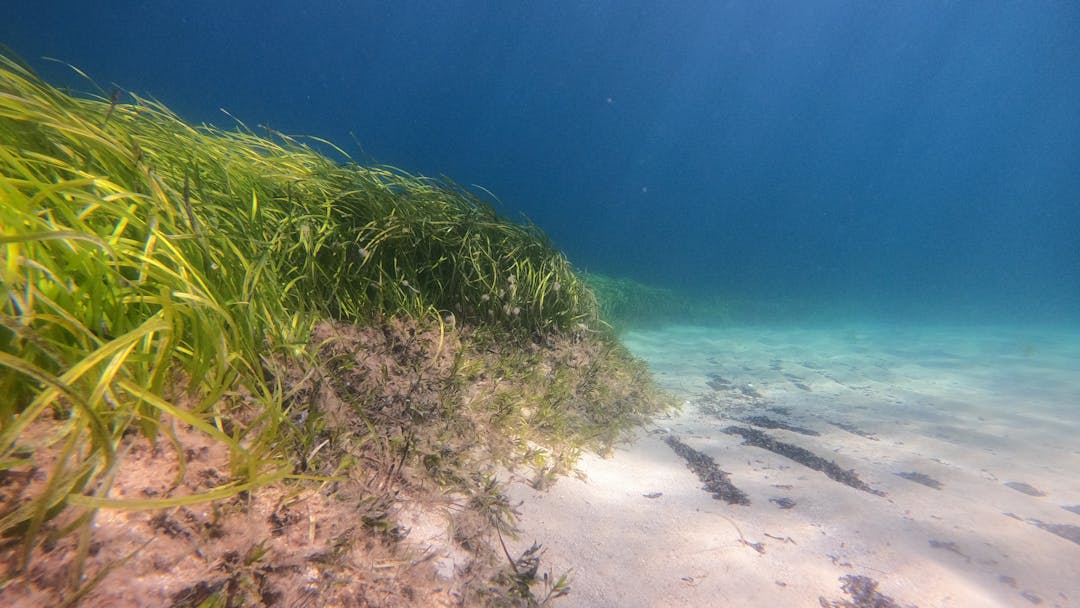The operational phase of the dredge trial ended on 30 November 2024, with approximately 55,000 m3 of dredged sand placed in the nearshore placement areas at West Beach since the trial began on 3 October.
Turbidity was continuously monitored at six sites during the trial, with levels throughout operations remaining similar to background levels recorded before the trial. The Dredge Management Plan (DMP) for the trial included strict turbidity thresholds called alarm and hold triggers to help mitigate any long-term impacts of elevated turbidity to seagrass. The turbidity thresholds were not reached during the trial.
A seagrass survey was conducted in August 2024 to establish a baseline of the health and extent of nearby seagrass meadows before dredging operations commenced. To understand the potential impacts and inform assessment of the technical and environmental feasibility of dredging to reduce coastal erosion at West Beach, further seagrass surveys will be conducted approximately one month and 12 months post-dredging.
The Department for Environment and Water (DEW) will prepare an evaluation report on the outcomes of the trial, taking into account environmental, operational, economic and social factors.
As South Australia’s independent environment protection regulator, the EPA focused on ensuring mitigation measures and controls were in place throughout the dredge trial to prevent and/or minimise environmental harm. The EPA regulated the trial through an authorisation in the form of a licence (EPA Licence #42842) with MC Dredging and Port Development Pty Ltd, which was contracted by DEW to undertake the dredging works.
The licence required MC Dredging and Port Development to prepare a DMP detailing proposed measures to minimise adverse impacts from the dredging. The DMP for the trial also required a water quality monitoring plan, a seagrass monitoring plan, and a noise management plan. The DMP included turbidity triggers to protect water quality and seagrass. Turbidity was continuously monitored at six sites to ensure it remained similar to background levels recorded before the trial. Maintaining pre-trial water quality was an important indicator that the dredging was undertaken in a manner that would not cause harm, particularly to seagrass.
The EPA assessed the DMP against the EPA Dredge Guideline 2020, and provided its approval of the DMP and dredge trial.
The EPA monitored compliance with the DMP during dredging works and required seagrass monitoring to be undertaken by suitably qualified experts before and after the trial. The monitoring is important to understand any impact on seagrass and will inform mitigation requirements for any future dredging activities along the Adelaide metropolitan coastline.
To report an environmental or pollution incident to the EPA, please submit this through our online portal Your EPA.
If you would like more information about the dredge trial or would like to discuss specific concerns about noise or environmental impacts with the dredge trial project team, please visit the DEW website or contact DEW.ABMRImplementation@sa.gov.au or 0461 535 823.
Dredging creates turbidity (murky water) in localised areas close to dredging activities. This turbidity generally dissipates quickly but can lead to reduced visibility in the water for swimmers and other beach users. It is recommended that people do not swim in murky or discoloured water and instead move down the beach to where the water is clearer.
Some of the questions we are frequently asked include:
Answers to these questions are available on our Frequently Asked Questions page.

